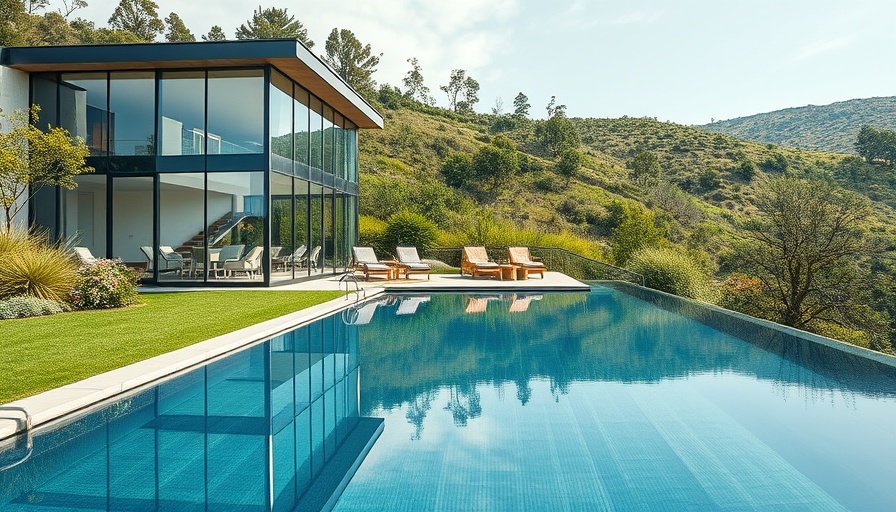
Uncovering the Hidden Truths of Landscape Architecture
When it comes to landscaping, the relationship between homeowner and landscape architect can often feel like a dance. Clients may envision lush gardens and stunning outdoor spaces, but landscape architects—often too polite to voice their true feelings—harbor thoughts they believe every homeowner should consider. Let's dive into the key insights that could revolutionize how you approach your landscaping project.
Why Kids Grow Up Faster Than You Think
One of the most surprising truths is that your children will outgrow your yard unexpectedly quickly. According to landscape architect Kate Stickley, it’s crucial to remember that while toddlers might need open spaces for play today, those needs change rapidly. A design focused solely on children might soon feel restrictive, so it’s advised to think ahead. “Plan for the teenage years,” says Stickley, suggesting areas that lend themselves to social gatherings and privacy as children grow.
The Reality of Xeriscaping Explained
Many homeowners are drawn to the idea of xeriscaping—designing a landscape to reduce or eliminate irrigation. However, Gretchen Whittier emphasizes a common misconception: “Xeriscape doesn’t equal zero-water-scape.” While drought-resistant plants can minimize water usage over time, they still need initial irrigation to thrive. Implementing a smart irrigation system can keep your plants healthy while reducing water waste, something to keep in mind as you design your dream garden.
Artificial Grass: A Short-Term Solution
Amid the myriad of options available, homeowners often consider artificial grass as a low-maintenance alternative. It’s important to understand, though, that this isn't always the best choice. While it reduces water needs, it can detract from the overall aesthetic and ecological balance of your space. Architects suggest that a blended approach, utilizing both natural and artificial elements, may yield the best results.
Designing for the Future: Consider Growth
As you create your outdoor oasis, remember to factor in future growth—not just for your children but for the garden itself. Many plants take time to mature and thrive. Stickley and Whittier advocate for planting with future growth in mind, recommending native plants that will not only integrate beautifully into the landscape but will also enrich local biodiversity.
Challenging Myths: False Assumptions About Landscaping
Common misconceptions, such as assuming all landscaping requires constant upkeep, can deter homeowners from undertaking necessary outdoor projects. Understanding that many plants require minimal care once established—or that a well-planned landscape actually improves neighborhood aesthetics—can turn your reluctance into action. Knowing the truth can open doors to incredible outdoor transformations.
Easy Ways to Make a Big Impact
Landscape architects stress the value of small changes that pack a punch, like creating focal points or using hardscape elements to draw the eye. You don’t need a full overhaul; simple additions like striking planters or an eye-catching tree can redefine your outdoors without overwhelming your budget.
Tips for Effective Communication with Your Landscape Architect
For homeowners embarking on a landscaping journey, employing clear communication is key. Share your visions openly, ask questions, and express concerns about the practicality of designs presented by your architect. This collaborative approach not only fosters personal connection but also leads to a more satisfying outcome. Building this rapport helps ensure that your landscape architect understands your needs, ultimately leading to an exceptional outdoor space.
Conclusion: Take Your Garden to the Next Level
Embracing these insights not only enhances your landscaping experience but elevates your perspective on what’s possible in your outdoor spaces. Think strategically about the future, be open to new ideas, and communicate effectively. Ultimately, your willingness to engage deeply with your landscape architect can transform not just your yard but your entire home environment. Ready to create your dream landscape?
 Add Row
Add Row  Add
Add 




Write A Comment